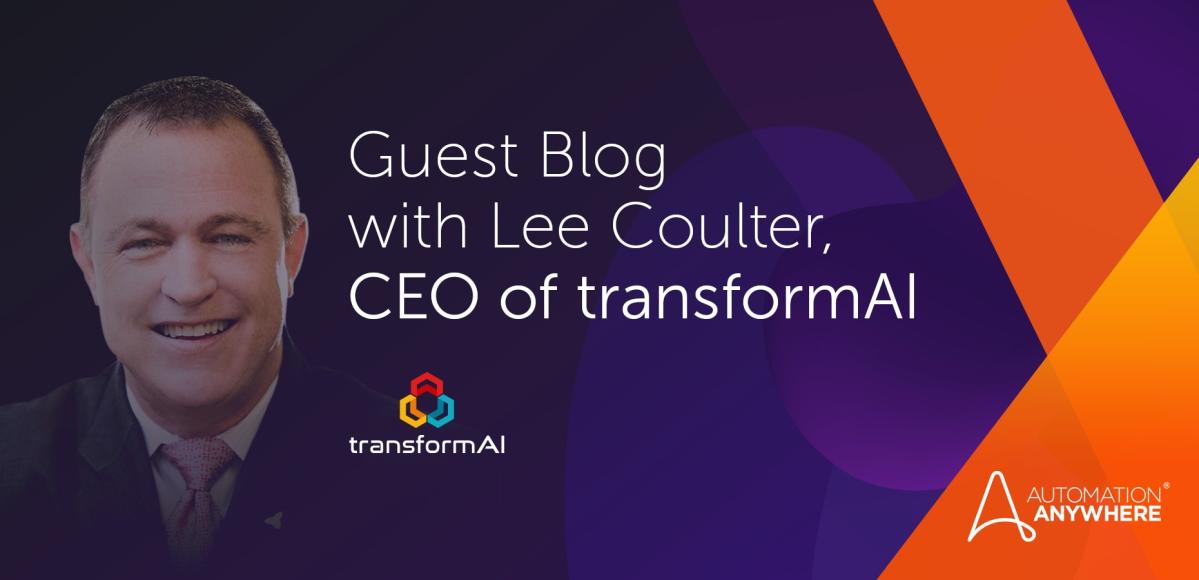Blog
Ensuring Your Automation Program is Successful

Over the last five years or so, I have written a lot about what can go wrong in an automation program. I call them #StallPoints. There are three types of stall points: catastrophic (can kill a program or stop it for 2+ years), serious (slowdown of 12-24 months), and minor (slowdown of 3-9 months). I was talking with someone recently about their automation program and asking lots of questions. Then I started to inventory all the issues with their program. I dove headlong into the 13 stall points, ten key aspects of change management, and the 13 things you need to have in the COE for design authority. I was on a roll. About ten minutes into my tirade about all the things that can go wrong and what to do about them, I was interrupted with: “No, no, that’s not what I mean. How do you make sure it succeeds?”
I have been thinking about it for a while now. It occurred to me that there is very definitely a simpler answer. I have autopsied many failed, stalled, and successful automation programs. The diagnostic I have used, of course, examines all the things listed above to find all the discrete issues that have caused the program to stall. When going over that data, it occurred to me there really is one thing that is common to most of the successful programs and almost never present in failed programs. It is quite simple: there is a senior business leader with the word automation, or RPA, or something similar in their title! Why is that such a big deal? Yes, that is the punchline, but there is a lot to unpack in that simple statement. Let me explain.
It takes a leader
What happens in an organization when there is a senior person with the given title? It means there is a job description, there are goals and objectives, measures of success, and some mechanism for managing accountability. This is contrasted all too often by organizations where automation is being driven by a department head or some continuous improvement group that is not really responsible for the operation that is being transformed and has automation as just something else that they do. They have a job description and goals, but they are not specific to automation. They are predictably about that person’s “day job.” In these cases, all too often, there is limited success with automation in that one department and maybe an adjacent operation, but that is likely to be all.
Not surprisingly, when a senior business leader is in the job of leading an automation program and carries that title, they expect to have a budget. Who would take a job with no budget and clear measures of success? They expect there to be a strategy, or they are expected to build one (not having one is a catastrophic stall point). There is awareness and strategic alignment with other functions. This is crucial. When you have a leader carrying an automation title, there is an explicit statement of strategic intent, specific endorsement by the enterprise, and visibility of its progress toward creating value (as outlined in the strategy).
Enterprise-wide partnerships lead to success
With an automation champion in place, it is critical that the infrastructure around them is aligned to support the initiative. When leaders are aligned on what the impact needs to be, the teams under them work together to find the right processes to transform.
Involving IT in the proper supporting role and auditing is a must to support the strategy. One of the most common catastrophic stall points is where the person leading the program is not actually accountable for the impact of the automation. Because the support from IT is known to be essential, forging a strong partnership from the start will give the program a much greater likelihood of enterprise success.
There are a host of other things that naturally occur when a business leader has stated responsibility for automation that addresses many of the other stall points. HR is expected to support the leader. As the automation team grows, each member of the team has a job description, goals, performance criteria, a career ladder, development opportunities, and talent acquisition and knows how to hire good automation resources. It means that the automation team has access to organizational change management and internal communications resources. This dramatically reduces #AutomationAnxiety, a term I defined a long time ago that is a serious and sometimes catastrophic stall point.
Scale
Perhaps the single most difficult challenge in any automation transformation is ensuring strategic alignment across the enterprise. If a company has made the decision to effectively execute an automation transformation, there will be enterprise-level strategic objectives pursuing the richest opportunity areas regardless of where in operation it might be. That means that the head of accounting and the VP of HR operations, and the head of customer care, etc., are expected to open their doors and welcome the automation team in to help them transform their operation. This is leadership alignment work at its highest level. When it comes to the enterprise scaling of an automation program, by far the most common stopping place for the program is when it reaches the boundaries of the function or operation in which it began. It is not a natural act for one leader to invite another in so that they can find all of the inefficiencies, high-friction error-prone processes, and experience killing exception handling (for customers, employees, and suppliers) that goes on in almost every part of a business. And then to expose all of this publicly for others to see!
For these reasons and others, if you want your automation program to be successful, ensure your organization appoints and titles a senior business leader into an automation leadership role. This is the most effective way a business can address all of the catastrophic stall points, most of the serious stall points, and creates an environment of automation and, ultimately, business success.
Grow Your Automation Programs with transformAI.
Share this:
Related Blogs
About Lee Coulter
Lee Coulter is the CEO of transformAI, a Platinum Preferred partner with Automation Anywhere. He is an automation pioneer with more than eight years of experience and is a frequently sought after thought leader, speaker, and writer on all things automation and business process transformation.
Subscribe via EmailView All Posts LinkedIn






